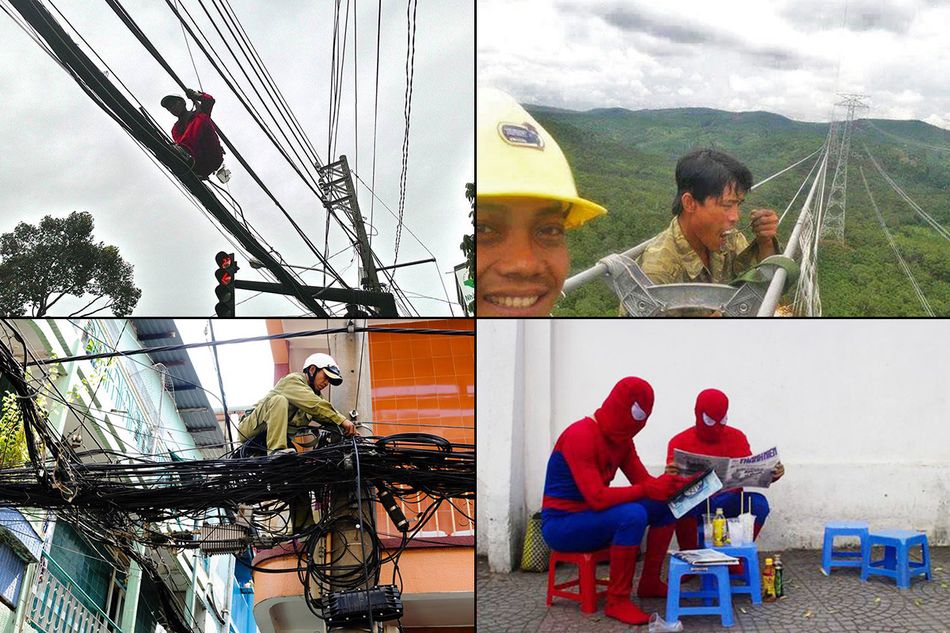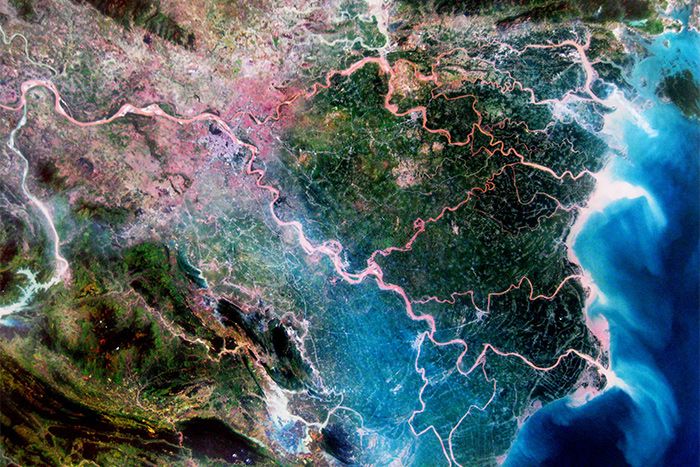While hunting was probably popular among Vietnamese nobles before the arrival of the French, it was the colonialists who popularized big game hunting in the country when it was still a land of wilderness.
Large-scale hunting was usually carried out in regions such as Lang Biang and the Mekong Delta where there were hectares of jungles that supported rich biodiversity. There were however restrictions and laws pertaining to hunting and wildlife management that were enforced by French officials known as Lieutenants louveterie (though it’s unclear how effective they were).
This title was bestowed upon Henri de Monestrol according to his 1952 book, Chasses et Faune D’Indochine (Hunting and Wildlife of Indochina), in which he wrote that he was a hunter in the service of Emperor Bao Dai.
The sport persisted before the American’s went all-in militarily, with a 1961 travel brochure claiming the country to be “…a hunter’s paradise,” that included “…elephant, tiger, leopard, wild buffalo bear, deer, and pheasant.”
A pre-war "License A" in Vietnam would set you back $4,800 Vietnamese piastres ($68) and for that you would be allowed to shoot one bull elephant, four bears, six deer, two oxen, two gaurs, and two buffalo, plus a small royalty or kill fee on anything you actually tagged, according to the materials.
With the outbreak of the American War, forests began to disappear (both due to the physical effects of the conflict, post-war poverty and more recently, development which has resulted in massive habitat loss), causing many species such as Javan rhinos and wild water buffalos to become endangered or even extinct.
Though hunting is now thoroughly banned in Vietnam, it still occurs regularly. The only difference between past and present is that it now takes place for profit rather than sport.














